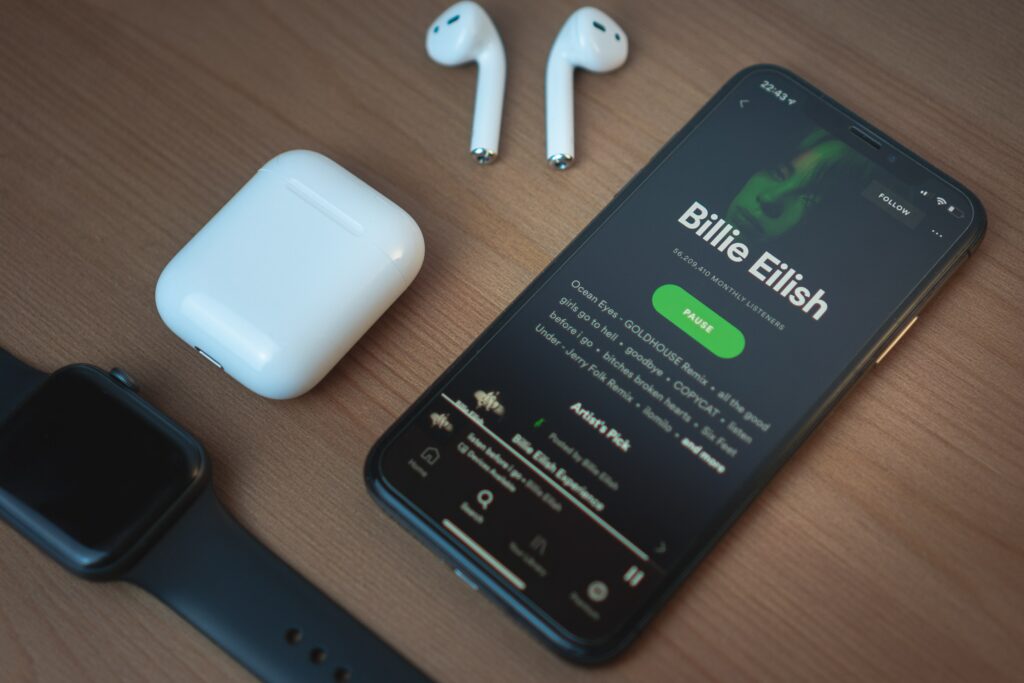SUBSCRIPTION POV #21
By Morten Suhr Hansen
In the last 10 years, the term and the model ‘Freemium’ has become a common part of the subscription vocabulary. A long line of the most successful subscription companies is characterized by using this special business model that revolves around giving customers parts of the product for free, in order to, over time, convert some or all of the customers into a paid subscription.
Spotify is one of the companies that have enjoyed huge success with using the Freemium model in their organization. If you’re a user of Spotify there is a fair chance that you are paying for a subscrpition, but if you look throughout the world and across segments, Spotify currently has 370 million users with around 175 million paying customers, meaning that Spotify has 200 million free users.

As a free subscriber on Spotify, you’ll have to live with extensive limitations regarding functions and the fact that your music is continously interrupted by commercials.
Examples of other succesful Freemium based subscription companies are New York Times, LinkedIn, Zoom and Dropbox. All of these are services where the majority of users use the product for free and where part of these users are continuously converted into paying subscribers.
What is a Freemium model?
In this article, I will dig deeper into pro’s and con’s of the model and what to be aware of if you want to build a Freemium model, but let us first wrap our head around the terms and the model itself.
Freemium is a combination of the words ‘free’ and ‘premium’. In other words, it’s a model that combines a free business model with a paid one. The model is not to be confused with the ‘free trial’ approach, which is another well-known subscription term, often known as ‘first month free’. With a free trial, you give new customers a limited period where they can try out your product, before making a payment. With a Freemium model a part of the product is free forever and you live with the fact that a large part of your customers keep using the service for free – forever.

Pros and cons of the Freemium model
But why even use the Freemium model? How can it be good business to give away something for free and even live with the fact that many of your users never pay for the product?
The main benefit of the model is the ability to attract new users quickly. Especially for new services, the Freemium model is a very potent tool when it comes to scaling a product and create a lot of penetration in the market. The barriers of entry for new users is extremely low. At the same time, the model is strong if you know how to create a networking effect, where users recommend the product and recruit eachother.
On the other hand, there are some pitfalls to be aware of. If you don’t do it right, the model can be expensive if costs of acquisition and operation of a large group of free users are not controlled and if your conversion rate to paid subscriptions is too low. Also, there is a constant risk that the engagement in the free user group is low which would make your churn rate high. Users who haven’t paid for a service, have a tendency to lack motivation and might never get to using the service correctly or fully. So, Freemium requires a focus on creating engagement and loyalty in all users.

Five questions to consider, when using a Freemium model
In order to assure success for your Freemium model, there is a line of questions that need answering and initiatives to implement, before your start.
- What should be free and how much should be free?
The definitive questions is, where to draw the line between free and paid content. Are there any functions that separate free and paying users (like with Spotify and LinkedIn) or is the separation in the amount of content that the user can consume? (like with The New York Times). And how large a part of the functions and the content should be behind a payment wall?
- How do you underline the value of premium?
Are your users understanding the difference between what is free and what is paid? And how do you underline the value of the paid content so that you don’t create a very large group of free users who don’t have a real incentive to upgrade?
- What is your conversion goal?
How large a part of your users would you like to convert from free to paying? This is one of the larger headaches, when building the model. If it’s only 1% who converts, then your paid product is simply not strong enough, but if 50% converts, chances are that you’re not bringing in enough new customers. A rule of thumb says between 5% and 20% conversion into paid subscription, but that varies a lot depending on the product and the market.
- How do you make your free users ambassadors of your service?
In the most succesful freemium models, the free users offer a lot of value. Especially, if they are continuously recruiting new users for the service. Think of Zoom as an example. Here, the model is built for users inviting eachother inside. How can you think network effects and incentive models into your concept, so that existing users are recruiting new ones?
- How do you secure continuous innovation?
Most freemium concepts will, over time, experience that it gets harder and harder to convert users from free into paying subscribers. The first users have most likely been early adopters or users that really have a need for the service. Therefore, a succesful freemium model demands a continuous focus on constantly developing the premium part – the paid subscription – in order to constantly convert free users into paying subscribers.

In many ways, freemium is a complicated model to work with, and there are many things that should be balanced correctly, in order to ensure the right conditions between free and paying users. And the work never ends. Companies like Spotify and New York Times are constantly adjusting the model, in order for it to work optimally. But this shouldn’t scare you off. Because the model can be extremely effecient for new subscription companies, who wants to create a string networking effect and a high penetration in a new market.
Therefore, we at Subscrybe often experience that the model is on the table, when we innovate new subscription concepts with our customers.


